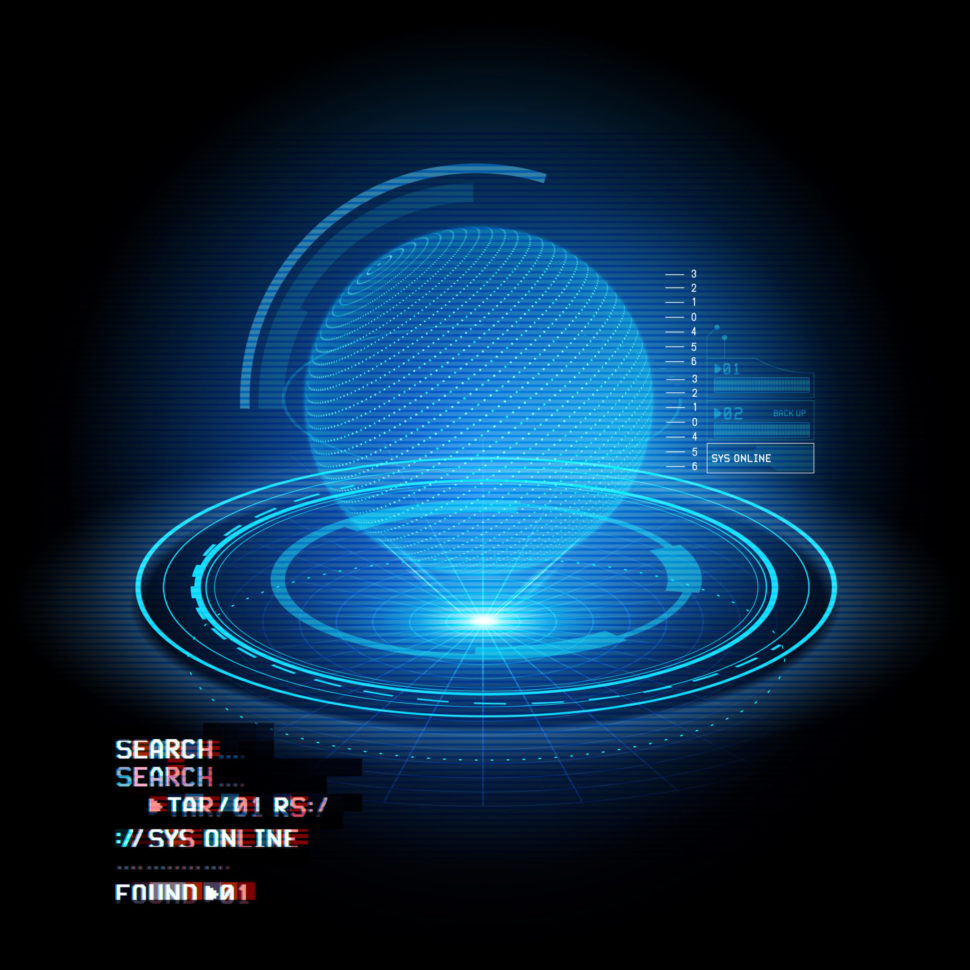Engineers have developed a technique to encode two holographic images into one surface, all while maintaining good resolution.
This innovation comes in contrast to the belief that one surface can project only one image regardless of the illumination angle.
It seems that the laws of physics are more suited to a universe with two dimensions than with three.
Some physicists are convinced that we live in a giant hologram, and what appears to us as a three-dimensional universe is actually a two-dimensional projection with an illusory depth.
#Caltech scientists encode multiple #holograms onto one surfaceClick To TweetHolograms, the Whole Picture
While there is as yet no direct proof that the universe is really a 2D hologram, there’s substantial evidence supporting the theory.
But, mysteries of the universe aside, scientists have been investigating the hologram technology for its incredible information storage capacity.
Holograms can be found in many everyday items, albeit in a “basic form” of forgery foils, such as those holographic images in the passport, ID, driver license, credit cards, and bank notes.
Objects that appear in 3D films and augmented reality environments could also be considered as virtual holograms.
The theory of holography was developed in the late 1940s by the Hungarian-British physicist Dennis Gabor, for which he was awarded the 1971 Nobel Prize in Physics.
Etymologically, “hologram” comes from the Greek root “holos” (whole), and “gramma” (message), meaning “the whole message”. So, in addition to shapes and colors reproduced by a simple photograph, a hologram also records the object’s volume.
Based on “light interference”, the holography principle follows two steps. First, the hologram is recorded using two laser beams and a photosensitive plate. Then, the plate is lit with a laser so that it projects the image in 3D.
How one Surface can Hold Multiple Holographic Images
Until now, the long-held rule was that a single surface can project only one image. In other words, regardless from which angle you illuminate a surface, you get the same 3D holographic image.
But scientists at the California Institute of Technology (Caltech) have demonstrated they can cram more than one hologram onto one surface, and without any loss of resolution.
The research team, led by Andrei Faraon, an assistant professor of applied physics and materials science, has developed an innovative method to make a surface reflects light in two directions in order to create two holograms depending on the view angle.
When sacrificing image details (resolution), “previous attempts to encode two images on a single surface meant arranging pixels for one image side by side with pixels for another image,” says professor Faraon.
The Caltech team, in order to preserve resolution, designed a special surface made of a metamaterial (silicon oxide and aluminum etched with tens of millions of tiny silicon nano-pillars (posts).
Changes in the size and shape of these nanoposts enable them to diffract incoming light at two different angles. The team is exploring how far these metasurfaces can go because, theoretically, they can be used to encode more than two images.
According to the authors of the study published in the journal Physical Review X:
“This concept opens the way toward new categories of ultracompact multifunctional optical elements that multiplex several functions into a single diffractive surface. We envision applications in head-mounted 3D projectors with the capability of tweaking various parts of the 3D image depending on illumination angle, or holograms with more secure antifraud protection.”



















Perhaps this can be used for optical encrypting, where keys and message are layered holograms.
Sorry not even close to the correct technology for holograms.